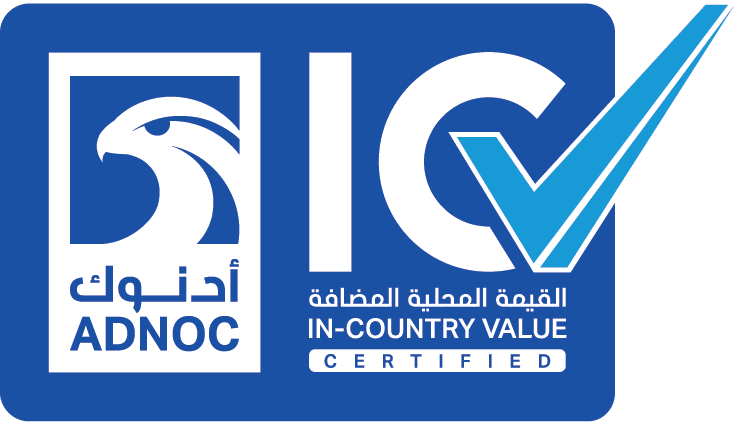Advanced Operations Geology: Well Placement Optimization and Well Planning
| 14 – 18 July 2025 | Abu Dhabi | 08 – 12 Dec. 2025 | Dubai | 15 – 19 Dec. 2025 | Abu Dhabi |
Learning Objectives:
Upon successful completion of this course, participants will be able to:
1. Fundamentals of Well Placement and Well Planning
- Understand the role of operations geology in well planning.
- Define objectives of well placement in conventional and unconventional reservoirs.
- Recognize key geological and reservoir factors influencing well trajectory.
2. Geological Data Integration for Well Planning
- Use seismic interpretation, structural geology, and stratigraphy for well placement.
- Apply core and well log data analysis to optimize drilling targets.
- Implement petrophysical evaluations to identify reservoir sweet spots.
3. Geosteering and Real-Time Well Placement Optimization
- Learn about Measurement While Drilling (MWD) and Logging While Drilling (LWD) tools.
- Utilize real-time formation evaluation techniques for geosteering.
- Optimize horizontal and deviated well trajectories for maximum hydrocarbon recovery.
4. Drilling Hazard Identification and Risk Mitigation
- Identify formation challenges such as pore pressure variations, fault zones, and fractures.
- Assess shale instability, lost circulation risks, and overpressure zones.
- Develop pre-drill risk assessments and mitigation strategies.
5. Advanced Wellbore Positioning and Trajectory Design
- Design vertical, directional, and extended-reach wells (ERD).
- Apply anti-collision techniques and well spacing strategies.
- Integrate reservoir modeling and geomechanics for optimized placement.
6. Well Planning for Unconventional Resources
- Optimize multi-stage hydraulic fracturing well designs.
- Implement well spacing and cluster optimization for shale plays.
- Enhance reservoir contact in tight gas and heavy oil reservoirs.
7. Digital Technologies and AI in Well Planning
- Use artificial intelligence (AI) and machine learning for predictive drilling analytics.
- Implement automated geosteering solutions and real-time decision support systems.
- Leverage big data for optimizing drilling efficiency.
8. Case Studies and Practical Applications
- Analyze real-world well placement optimization successes and failures.
- Participate in hands-on exercises using geosteering and well planning software.
- Develop an optimized well placement strategy for a selected reservoir.
Target Audience
- Operations geologists and wellsite geologists
- Drilling and reservoir engineers
- Petrophysicists and geophysicists
- Asset managers and field development planners
- Energy consultants and geotechnical analysts

